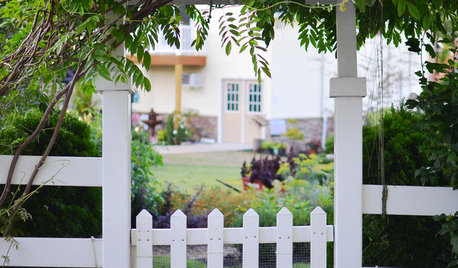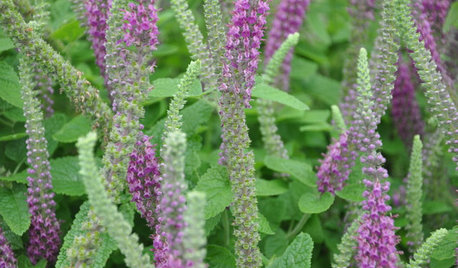Mimosa wish
widdringtonia
10 years ago
Related Stories

HOUZZ TOURSShowcase: Rooms We Wish We Had Room For
Transform a Space into a Wrapping Room, Vibrant Craft Area or Cookbook Nook
Full Story
BUDGET DECORATING14 Ways to Make More Money at a Yard Sale — and Have Fun Too
Maximize profits and have a ball selling your old stuff, with these tips to help you plan, advertise and style your yard sale effectively
Full Story
FEEL-GOOD HOME9 Smells You Actually Want in Your Home
Boost memory, enhance sleep, lower anxiety ... these scents do way more than just smell good
Full Story
HOLIDAYSSimple Pleasures: Welcoming the New Year
Got the champagne and party hats but stumped about what to do next? Try these festive entertaining ideas to ring in the new year
Full Story
MOTHER’S DAYWhat to Do for Mom Around the House on Mother’s Day
Show appreciation for your mother and make her day extra special with these ideas
Full Story
GARDENING FOR BUTTERFLIESBe a Butterfly Savior — Garden for the Monarchs
Keep hope, beauty and kindness alive in the landscape by providing a refuge for these threatened enchanters
Full Story
MOST POPULARCreative Ideas for Small Front Yards
A little imagination goes a long way in a petite landscape
Full Story
HOLIDAYSHouzz Call: Share Your Personal Holiday Traditions
What winter rituals mean the most to you and yours? Post your stories and pictures
Full Story
GREAT HOME PROJECTSHow to Create a Built-In Home Bar
New project for a new year: Get the nuts-and-bolts info on building a swank home bar into a nook or wall
Full Story
GARDENING GUIDESLet Lilac Love Flower This Spring
Whatever you bestow or receive for Mother's Day, lilacs can be an unmatched gift in the garden in May
Full Story






Smivies (Ontario - 5b)
Embothrium
Related Professionals
Londonderry Landscape Architects & Landscape Designers · Reading Landscape Architects & Landscape Designers · Glassmanor Landscape Architects & Landscape Designers · Bridgeport Landscape Contractors · Broomfield Landscape Contractors · Long Beach Landscape Contractors · Rockwall Landscape Contractors · Selma Landscape Contractors · Iowa City Siding & Exteriors · Glen Ellyn Decks, Patios & Outdoor Enclosures · Lake Morton-Berrydale Decks, Patios & Outdoor Enclosures · Livingston Decks, Patios & Outdoor Enclosures · New Albany Decks, Patios & Outdoor Enclosures · Olathe Decks, Patios & Outdoor Enclosures · Provo Decks, Patios & Outdoor EnclosuresIris GW
gardengal48 (PNW Z8/9)
davidrt28 (zone 7)
davidrt28 (zone 7)
davidrt28 (zone 7)
Iris GW
poaky1
scotjute Z8
jcalhoun
davealju
widdringtoniaOriginal Author
jujujojo_gw
bandwagonforever
alexander3_gw
blakrab Centex
bostedo: 8a tx-bp-dfw
Toronado3800 Zone 6 St Louis
fairfield8619